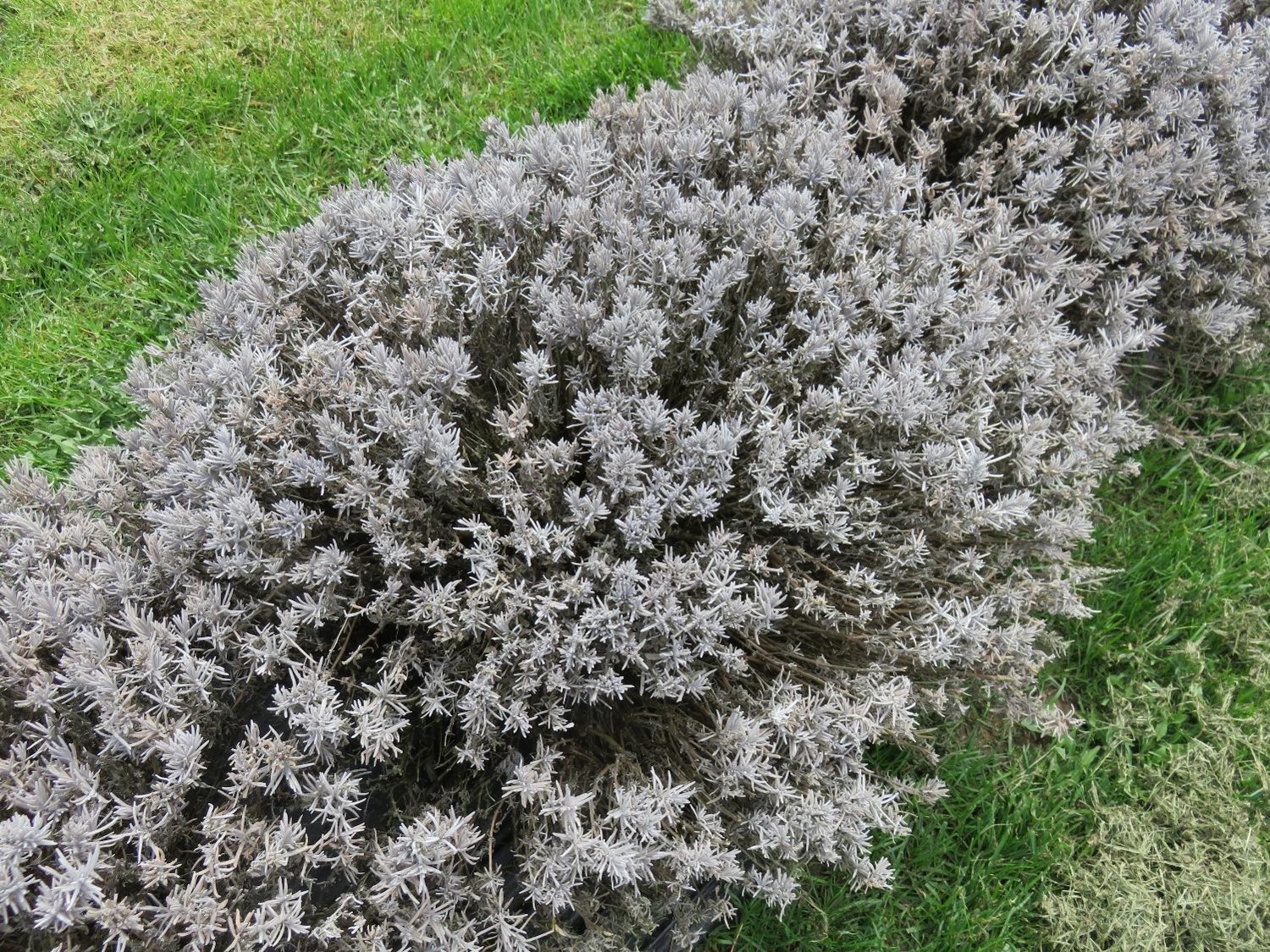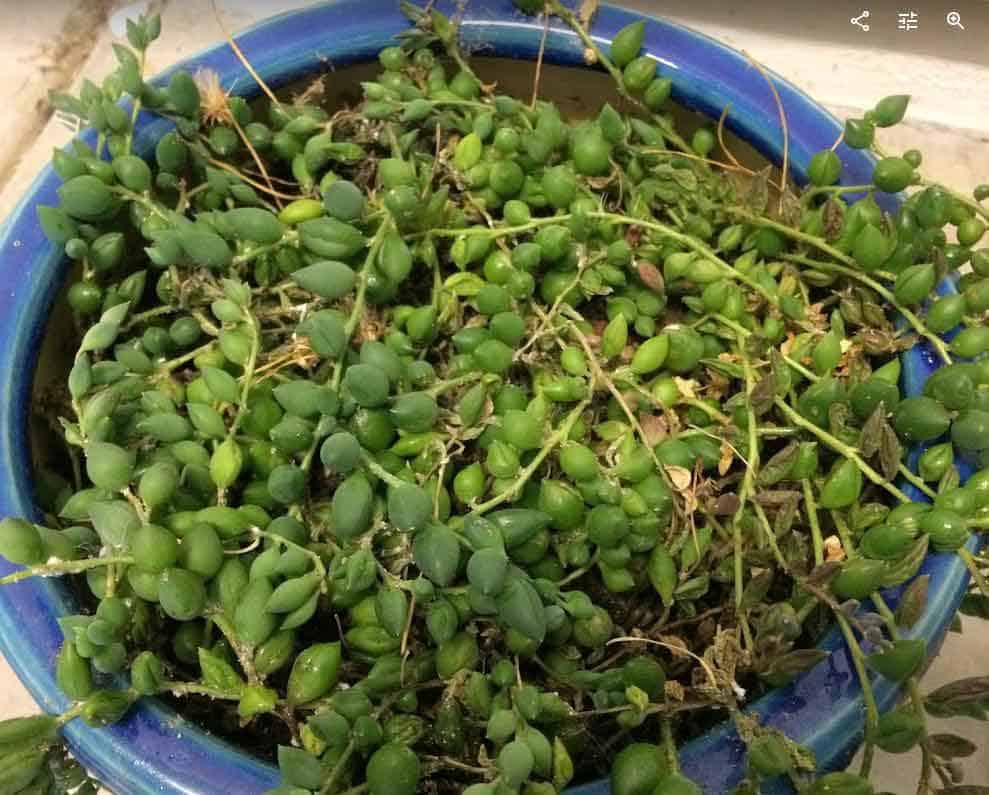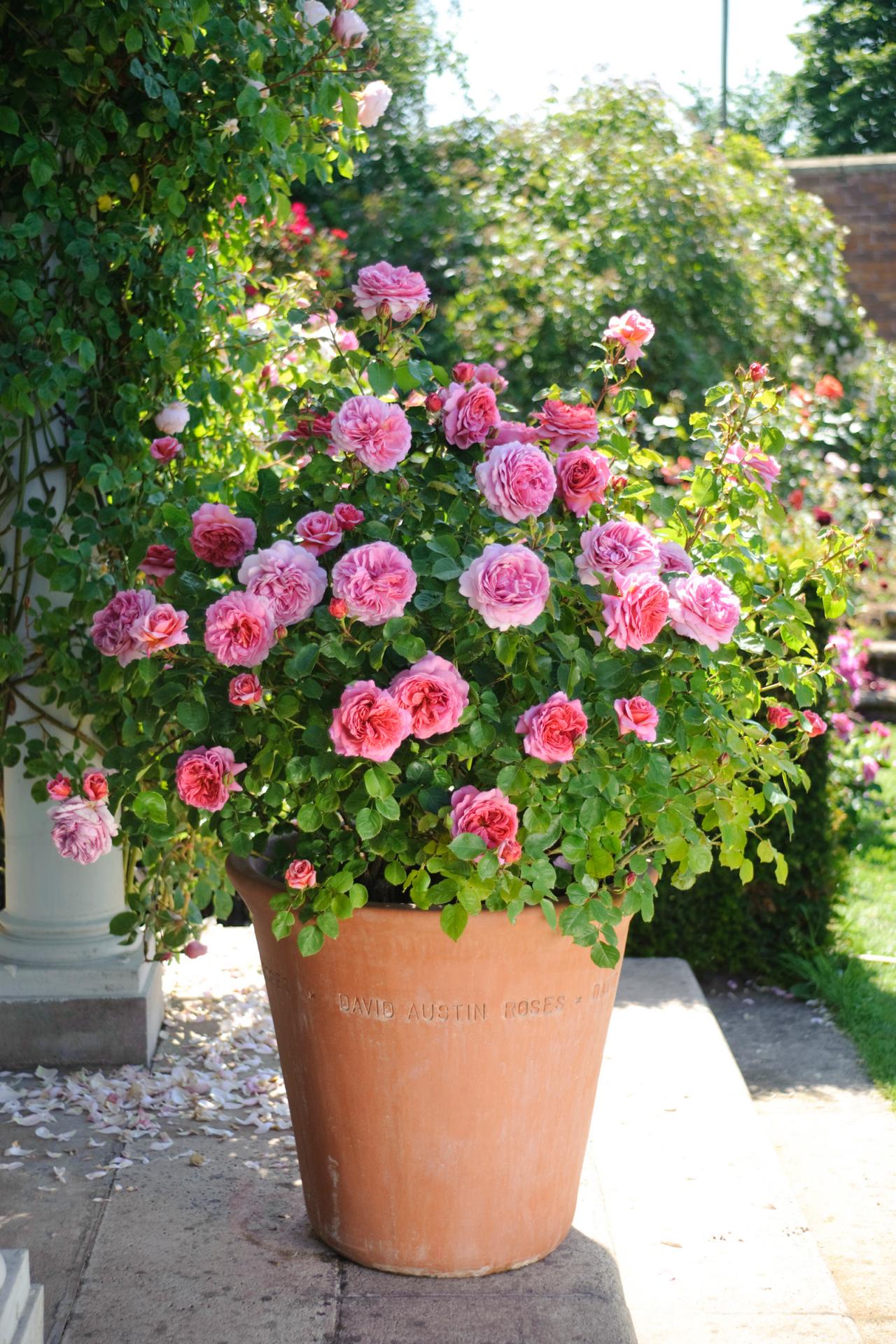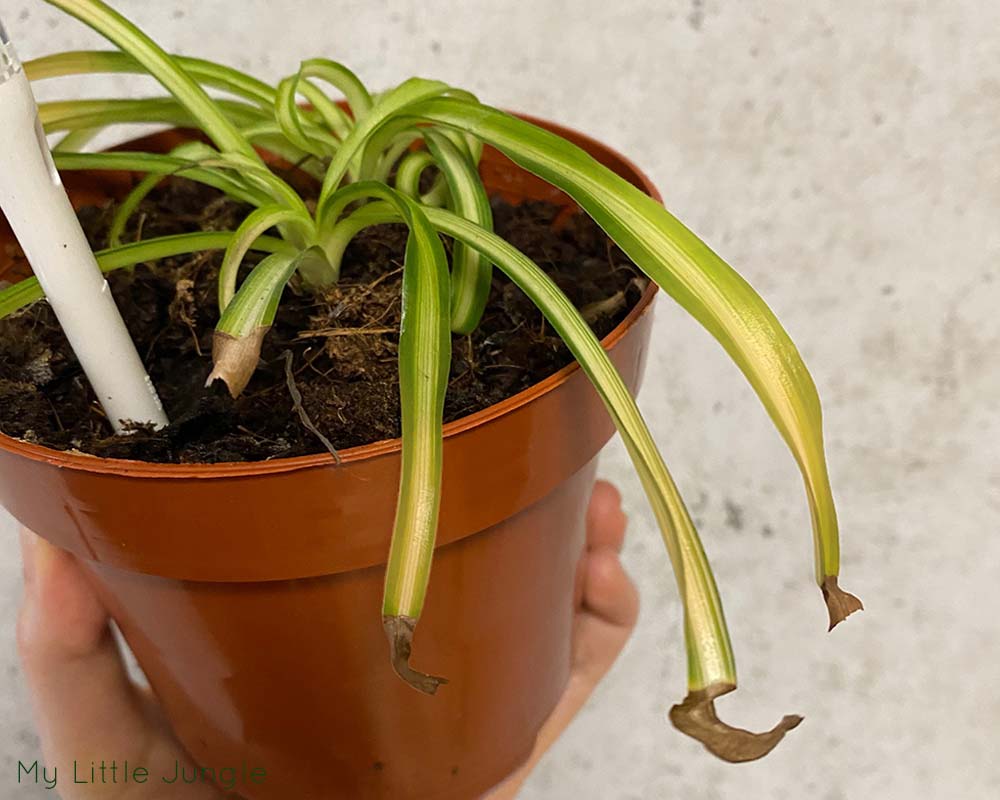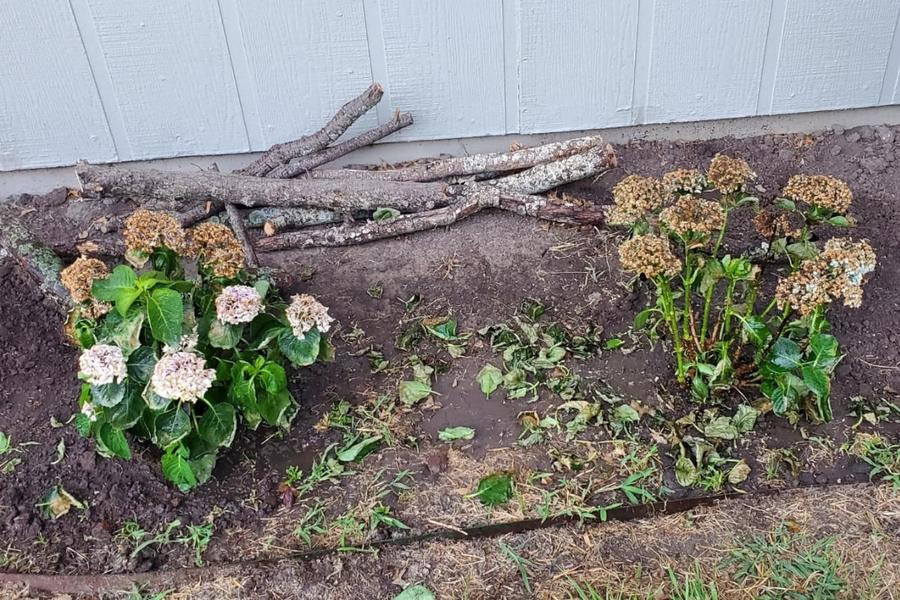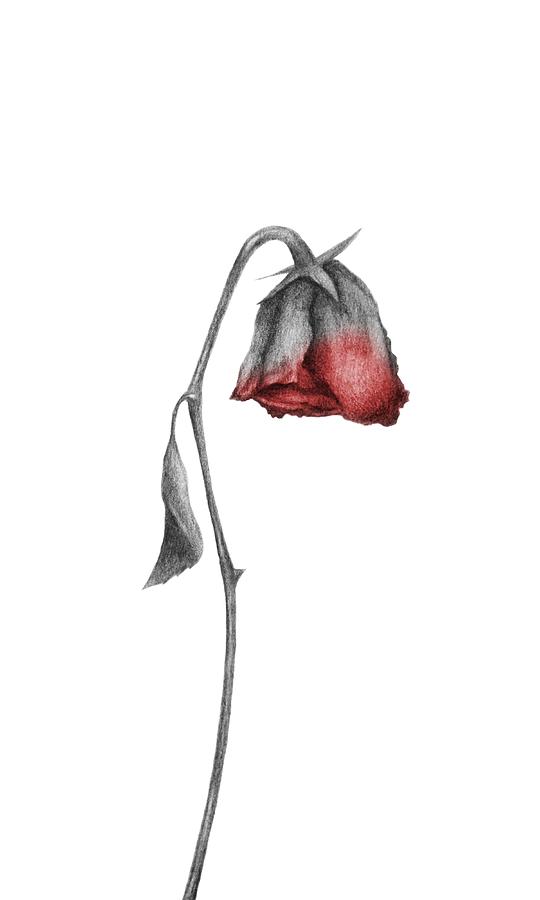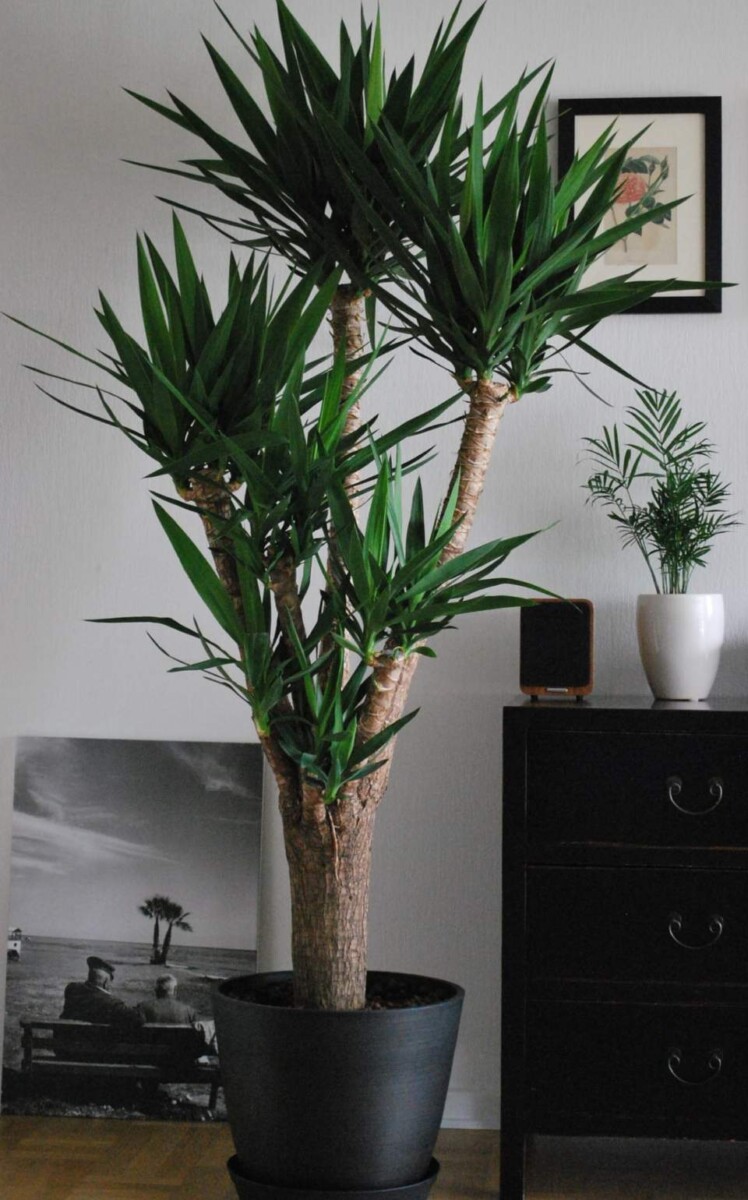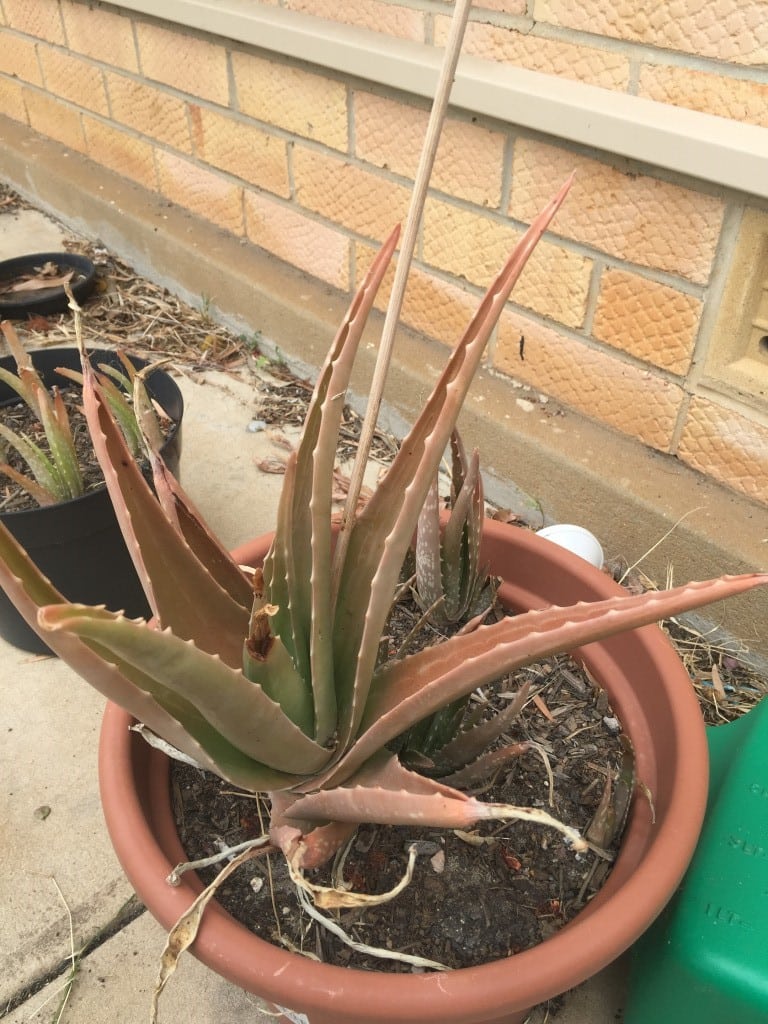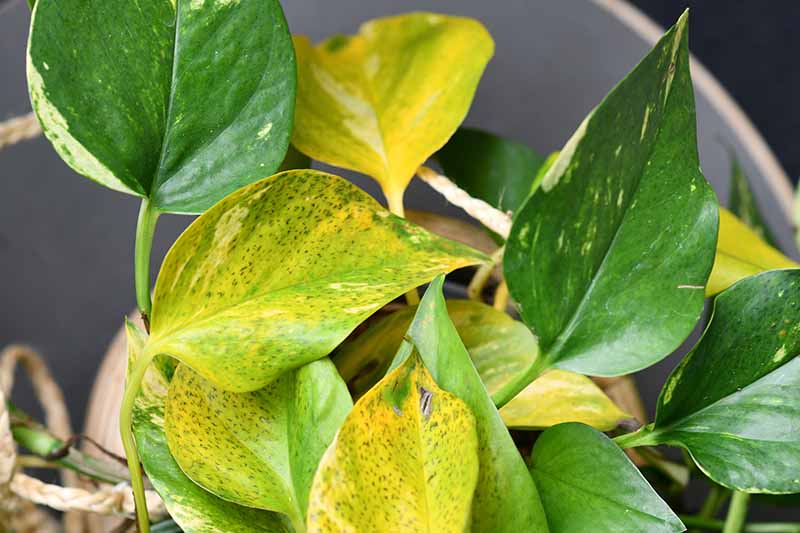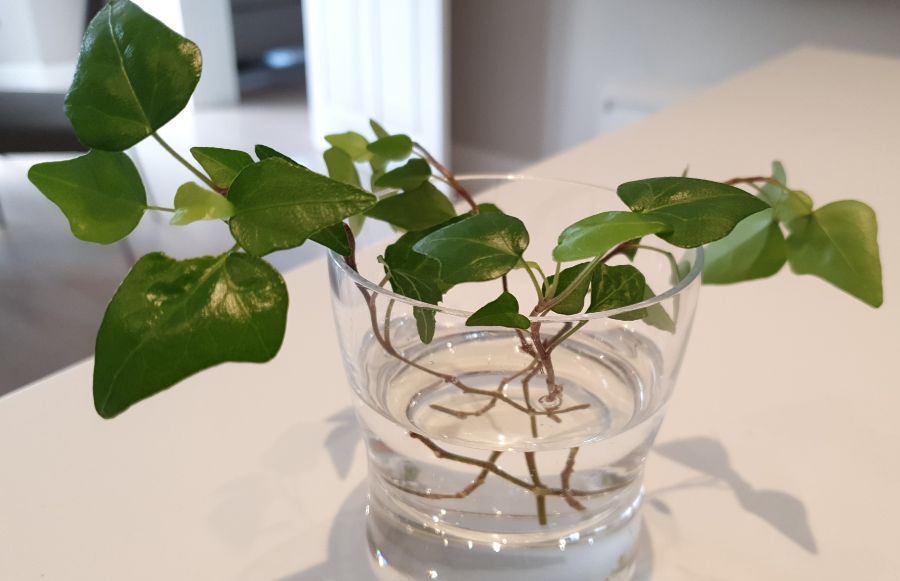How to Care for Lavenders Successfully Through Winter
Although lavender is a low-maintenance plant, there are some winter care best practices you should be aware of to guarantee your lavender survives the winter: You need dry roots for lavender. Because chilly winter soil may store moisture for a longer period of time, if your soil does not drain fast, you will need to …

